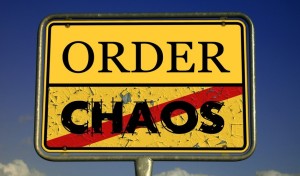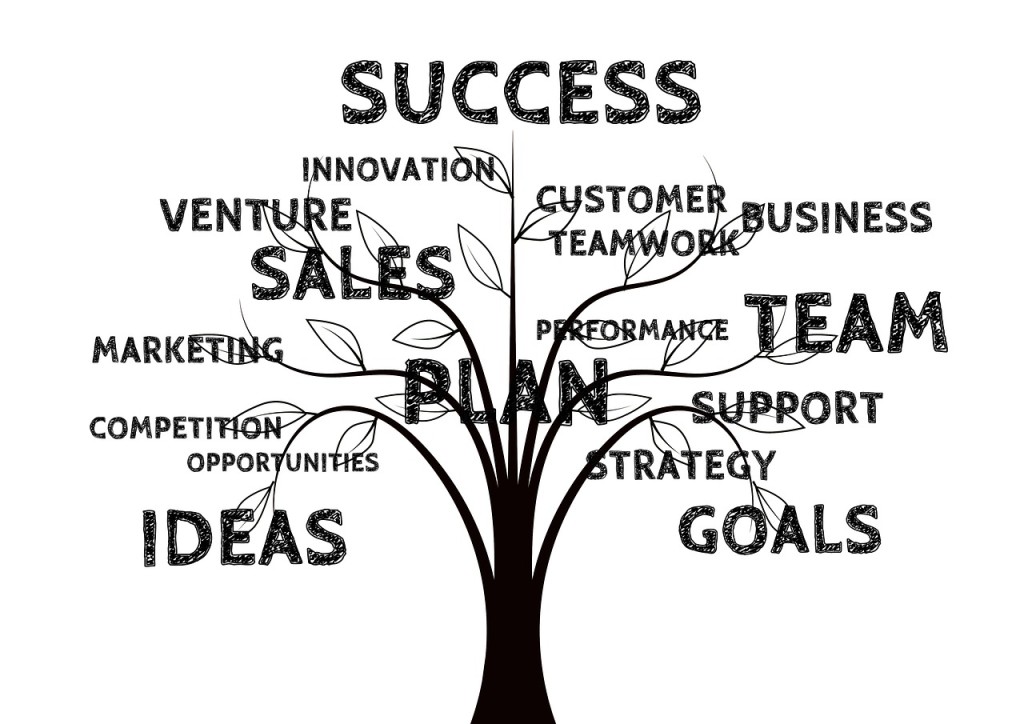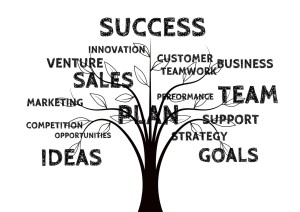In today’s globally connected and competitive business climate, it’s no longer enough to look at strategy on an annual basis. Nowadays, every single month executive teams need to integrate strategy development within the business planning rhythm.
The key to unlocking strategy is answering a powerful question that gets the team thinking in unique ways. But a common “stuck” in strategy development is figuring out the right question to achieve your Breakaway Move to crush your competition. Answers are easy; getting the question right can be harder. Here are 6 questions to ask your team during strategy brainstorming sessions that can unlock hidden value inside your business.
1. Where is the next battle going to be in your business?
A good example is Facebook’s massive focus on mobile after they went public. Facebook CEO Mark Zuckerburg’s daily question, “how are we going to leverage mobile,” became his, and his company’s, daily question. Clearly, it’s working.
2. What has been tried before, either by your company or by your competitors, but did not work?
There are so many variables that can make an initiative really stick vs. flat-out fail. Failure does not always mean the idea was not good. For example, it could have been the wrong person leading the charge, market conditions might be different, technology could streamline the process, global platforms like LinkedIn and Facebook could accelerate growth.
3. What two or three existing things in your business, things you are already doing, can you combine?
This is one of my favorites. Take two existing things and create something original. What product and service can you combine and create a unique new product, service or program?
4. When your company wins, what other companies are impacted in a positive way?
Think about what relationships you can create – or what product offerings could you integrate with – to expand your market faster by leveraging other people’s trust relationships? I looked at office space this week to handle our expansion. I could not help but think about all the other things signing a lease would trigger, things like construction, IT, phones, furniture, etc. Building relationships with those companies can result in more referrals to your business.
5. What is fragmented in your market, and how could you coordinate it?
Think about what Uber did for taxi services and what Airbnb did for housing rentals. What is messy, hard to do, clunky, expensive or frustrating in your market, and how could you fix it? What product, service or platform could you create?
6. What can you be the only option for in your space?
Think about what parts of your business operations are hard for someone else to reproduce or copy. For example, there are several business coaches in the Charlotte metro area. But only Insight CXO has a team in place that can help execute the business plan in three areas. The Promise – what makes your firm unique and what is the sales engine to generate revenue? The People – is your team healthy and aligned and do you have systems in place to hire and keep A Players? The Process – do you have core processes documented and measured to make them better, faster and cheaper… with less drama?
Remember that your competition is not asleep behind the wheel, so your team has to be looking through the windshield and down the road as far as possible. Try asking these 6 questions in your next monthly executive planning meeting, and see if you can figure out the strategy – the one that will give your business the boost to crush the competition.





 Rapid growth is exciting … and chaotic. When your growth strategies start paying off, the processes that worked well when you were smaller can break down as you add clients, revenue and employees to your business. As you get more decision makers, with differing opinions on how to do things, your processes can become so cumbersome that they threaten to slow your business and increase your risk.
Rapid growth is exciting … and chaotic. When your growth strategies start paying off, the processes that worked well when you were smaller can break down as you add clients, revenue and employees to your business. As you get more decision makers, with differing opinions on how to do things, your processes can become so cumbersome that they threaten to slow your business and increase your risk.





 Does your company have a proven and repeatable Annual Planning process that is used and referenced throughout the year? Does the full company
Does your company have a proven and repeatable Annual Planning process that is used and referenced throughout the year? Does the full company 
 One of most misunderstood or left out components of the Gazelles One Page Strategic Plan is the QUARTERLY THEME section. For larger companies, this is one of the most powerful and transformational techniques that you can leverage for growth.
One of most misunderstood or left out components of the Gazelles One Page Strategic Plan is the QUARTERLY THEME section. For larger companies, this is one of the most powerful and transformational techniques that you can leverage for growth.
 I facilitate planning retreats every week and I’m always fascinated by the concept of the CASH CONVERSION CYCLE and how it engages every person in the room. Typically, the concept of cash is left to the business owner and the Controller and/or CFO. Cash is like oxygen for the business. Without it, the business simply dies. So the question is “how can we generate as much cash as possible to fuel growth and reduce the need for outside financing?” There are four parts of the CASH CONVERSION CYCLE and all four need to be analyzed and shortened as much as possible:
I facilitate planning retreats every week and I’m always fascinated by the concept of the CASH CONVERSION CYCLE and how it engages every person in the room. Typically, the concept of cash is left to the business owner and the Controller and/or CFO. Cash is like oxygen for the business. Without it, the business simply dies. So the question is “how can we generate as much cash as possible to fuel growth and reduce the need for outside financing?” There are four parts of the CASH CONVERSION CYCLE and all four need to be analyzed and shortened as much as possible:
 I get asked all the time what is the number one thing a company can do to leverage the Rockefeller Habits and tighten up execution. Daily and Weekly meetings are often unstructured, boring and push aside in most companies but are the quickest way to solve problems quickly and get more work done. I’m assuming you ARE holding your Monthly, Quarterly and Annual meetings.… right? Your meeting rhythm is like the heartbeat of the organization that supplies blood and oxygen to the rest of the company. Without it, issues don’t get uncovered, processes don’t get cleaned up, execution/accountability fades away and key strategic initiatives and adjustments don’t get made. In short, hundreds or of decisions that should be leveraging the collective minds of the organization on an annual basis just never happen. Your company’s success can be equated to the sum total of all the decisions, both good and bad, that happen in a year.
I get asked all the time what is the number one thing a company can do to leverage the Rockefeller Habits and tighten up execution. Daily and Weekly meetings are often unstructured, boring and push aside in most companies but are the quickest way to solve problems quickly and get more work done. I’m assuming you ARE holding your Monthly, Quarterly and Annual meetings.… right? Your meeting rhythm is like the heartbeat of the organization that supplies blood and oxygen to the rest of the company. Without it, issues don’t get uncovered, processes don’t get cleaned up, execution/accountability fades away and key strategic initiatives and adjustments don’t get made. In short, hundreds or of decisions that should be leveraging the collective minds of the organization on an annual basis just never happen. Your company’s success can be equated to the sum total of all the decisions, both good and bad, that happen in a year.